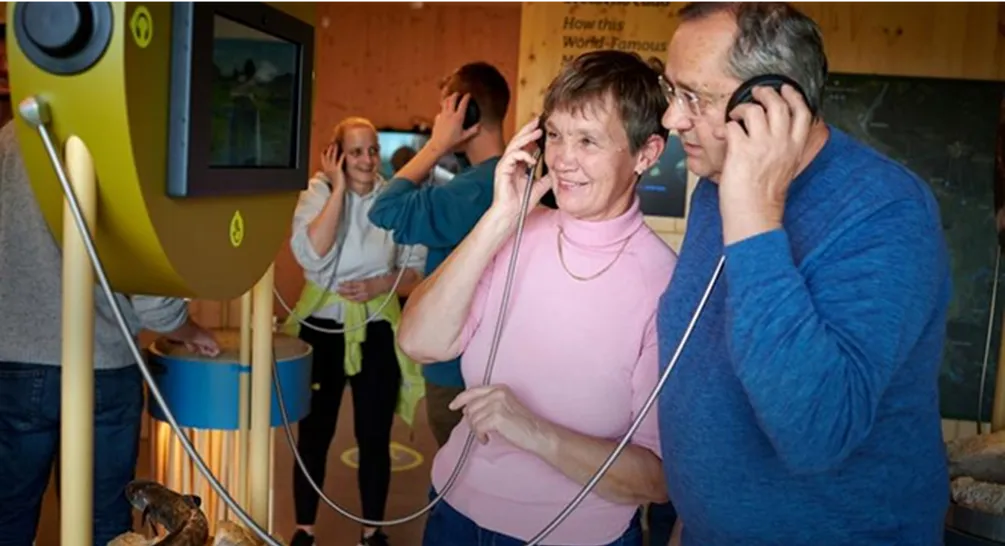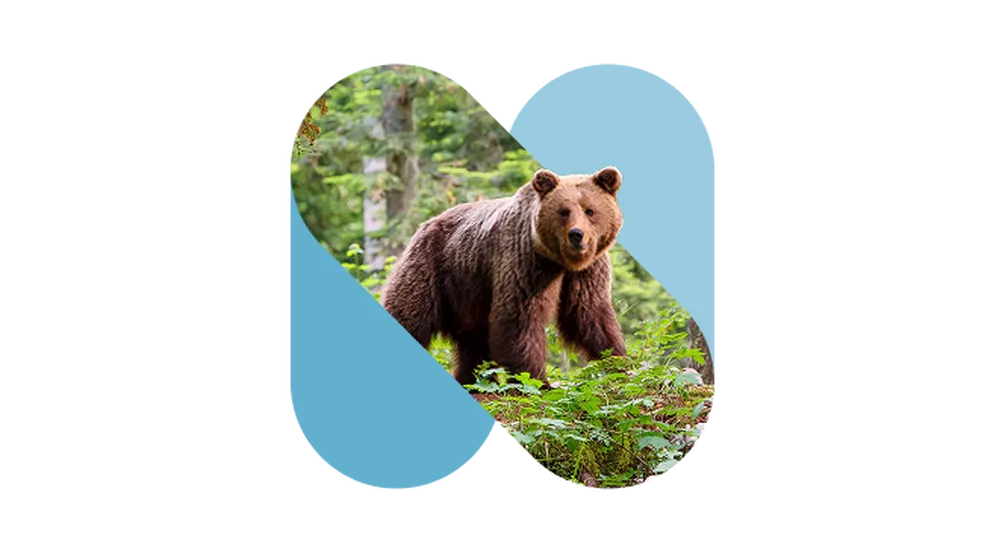
Blues (Lycaenidae) are a very large family of small butterflies, represented in Europe by more than 100 species, and in Slovenia 52 of them are found. Here we include blues, hairstreaks and coppers. For most species there is a pronounced sexual dimorphism. Males are generally much more colorful, with metallic blue or orange hues. Females are not as vividly colored. Many females, whose males are blue-colored, are more or less uniformly dark brown. Blues look very similar in appearance, and although the differences in the color and pattern on the undersides of the wings are fairly clear, it is often difficult to distinguish species from one another.
Males of many blues species readily gather on damp ground, where they draw mineral substances from water that are lacking in the butterflies' diet. Therefore you will easily find them on bare ground along the shore of a lake, a marsh or a pool, and they also frequent puddles on a gravel road.
Blues have small caterpillars that are often tied to a particular plant species, and they have warning coloration and are hard to notice. Most caterpillars produce a sweet secretion that attracts some ants, as it is very nutritious. Ants can, in return for the sweet reward, offer protection to the caterpillars from parasitic species of scale insects and two-winged insects. In some blues species, which we call myrmecophiles, the relationship with ants is obligatory, meaning that these species cannot survive without ants.
























